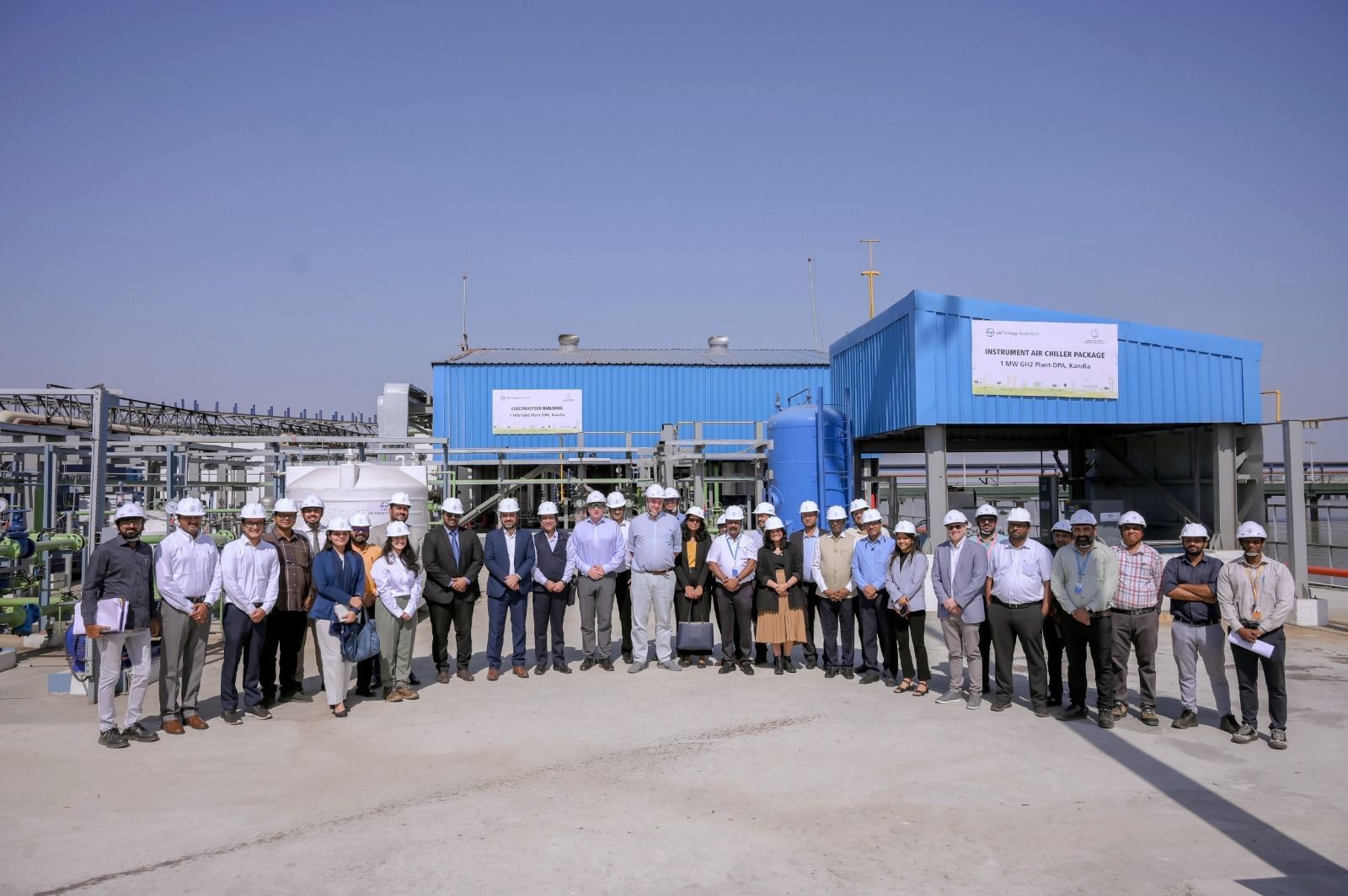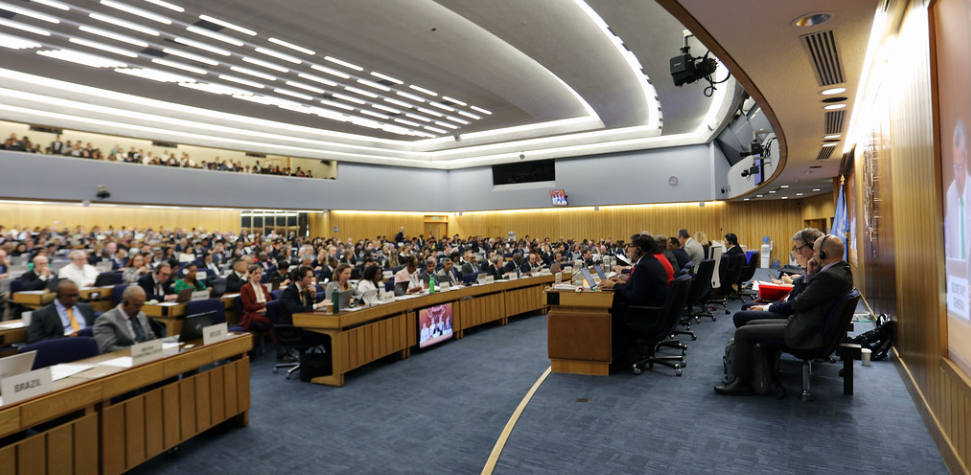Transforming India’s Maritime Landscape: A Comprehensive Overview of the National Monetization Plan and Maritime Sector Development

The Union Shipping Ministry, led by Minister for Ports, Shipping, and Waterways Sarbananda Sonowal, is making significant strides in transforming India’s maritime landscape. The National Monetization Plan (NMP) for 2024 is a pivotal initiative, identifying 20 projects valued at Rs 6,761 crore, set to be leased to private-sector operators. In a conversation with DH’s Lavpreet Kaur, Minister Sonowal shed light on the approved projects and shared insights into the broader goals of the government, including the revival of the Indian shipbuilding industry and a shift away from fossil fuels.
National Monetization Plan:
Under the National Monetization Pipeline, 81 public-private partnership projects amounting to Rs 42,400 crore have been identified. Notably, 14 projects valued at Rs 10,750 crore have already been awarded. Looking ahead to the fiscal year 2024, 20 projects worth approximately Rs 6,761 crore have been earmarked for the NMP, with four projects totaling Rs 1,581 crore already approved and undergoing the bidding process.
High-Value Projects:
Among the highlighted projects, the Outer Harbour at Tuticorin Port, valued at Rs 7,055 crore, the Multi Cargo Berth at Deendayal Port, worth Rs 1,719 crore, and Berth 7&8 at Syama Prasad Mukherjee Port, with an estimated cost of Rs 865 crore, showcase the government’s commitment to infrastructural development.
Transition to Landlord Model:
To facilitate efficient operations and attract private investment, the government is transitioning major ports from the ‘service model’ to the ‘landlord model.’ In 2023, the Jawaharlal Nehru Port Authority achieved the significant milestone of becoming the first 100% landlord major port. This transition has brought in contemporary technologies, enhancing operational efficiency and boosting volumes of EXIM trade.
Public-Private Partnership and Future Goals:
Aiming to handle 85% of cargo in major ports through the PPP mode by 2030, the government is actively converting port operations to the landlord model. This transition is not only fostering technological advancements but also contributing to the decongestion of ports and transportation networks.
International Maritime East-East Corridor (IMEEEC):
The signing of the IMEEEC holds great potential for India, positioning it as a leading maritime power globally. This corridor enhances connectivity with vital economic regions, streamlining trade routes, reducing transportation costs, and attracting global shippers. The government’s strategic mapping of trade routes with Europe and Africa underlines its commitment to maximizing the corridor’s benefits.
Investments in the Maritime Sector:
A substantial investment of Rs 80 lakh crore is earmarked for the Indian maritime sector up to 2047. This comprehensive approach includes initiatives to enhance multi-modal connectivity, ensuring efficient cargo transfer between waterways, trucks, and trains. Such integration is expected to result in cost savings and improved market access for businesses.
Technological Interventions:
Recognizing the pivotal role of technology in the future of the logistics sector, the government is focusing on intelligent sensors and automated systems. Real-time monitoring of cargo, equipment, and traffic enables proactive decision-making and predictive maintenance. Preparing for the advent of autonomous ships and drones, ports are developing safe and efficient docking, loading, and unloading systems.
Shipbuilding Industry Focus:
The shipbuilding industry is a key focus area for India. Currently limited to vessels up to 1,10,000 DWT in the public sector, Cochin Shipyard Ltd is increasing this capacity to 3,00,000 DWT. Private sector shipyards are capable of building cape-size vessels, aligning with global standards. The industry’s goals span the construction of various vessels, including river-sea vessels, inland vessels, barges, and fishing vessels running on alternative fuels.
Cochin Shipyard Initiatives:
Cochin Shipyard is spearheading several projects, including the construction of a new dry dock to augment shipbuilding and repair capacity. Specialized vessels such as LNG Carriers, Aircraft Carriers, Drill ships, Dredgers, and the repair of offshore platforms are part of their portfolio. The International Ship Repair Facility (ISRF) in Kochi and ancillary parks for suppliers and service providers highlight the holistic approach to industry development.
Expansion Beyond Kochi:
Cochin Shipyard’s operation of a ship repair facility in Mumbai and plans for a new ship repair facility in Vadinar, Gujarat, capable of handling large ships, showcase the industry’s expanding footprint. Additionally, a ship repair facility at Pandu, Guwahati, on National Waterway-2 (river Brahmaputra) is under implementation, further diversifying the sector’s reach.
India’s maritime sector is undergoing a transformative journey, driven by strategic initiatives such as the National Monetization Plan, the International Maritime East-East Corridor, and a focus on technological interventions and the shipbuilding industry. The government’s comprehensive approach aims to position India as a global maritime leader, enhancing connectivity, reducing transportation costs, and fostering sustainable and efficient trade routes. As the nation navigates these ambitious plans, the future of India’s maritime landscape holds immense promise and potential for growth.
Author: shipping inbox
shipping and maritime related web portal








